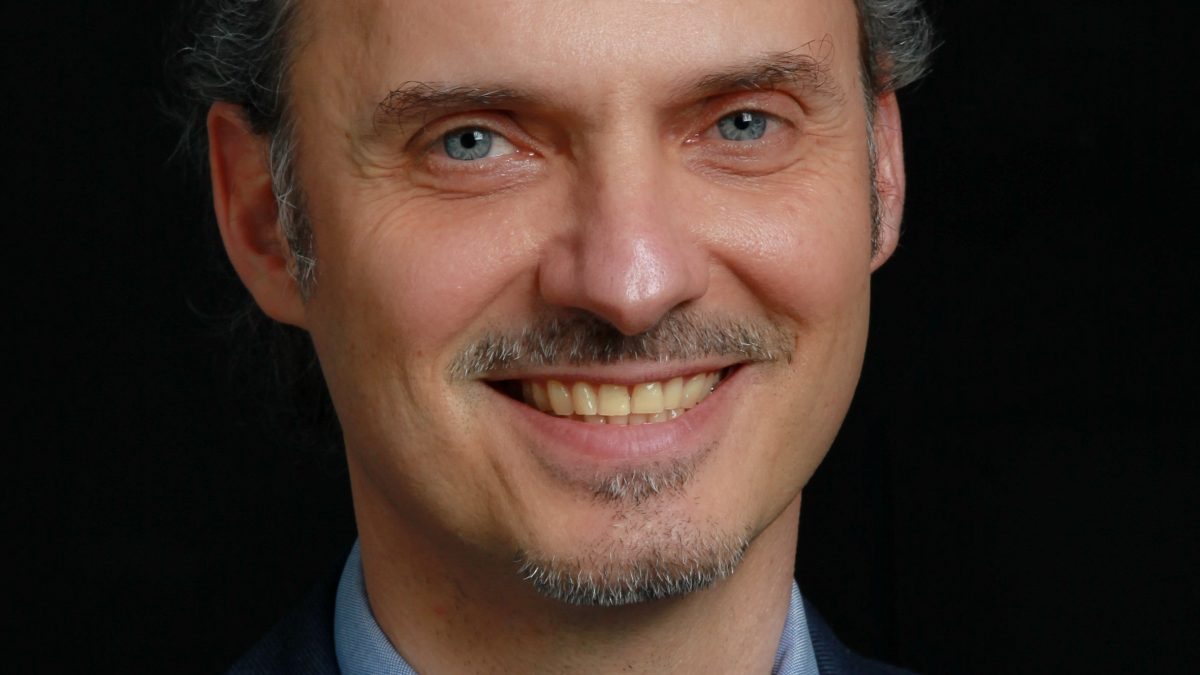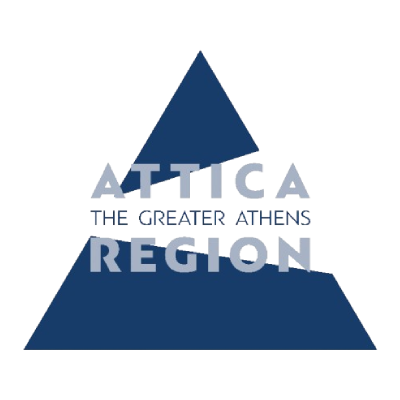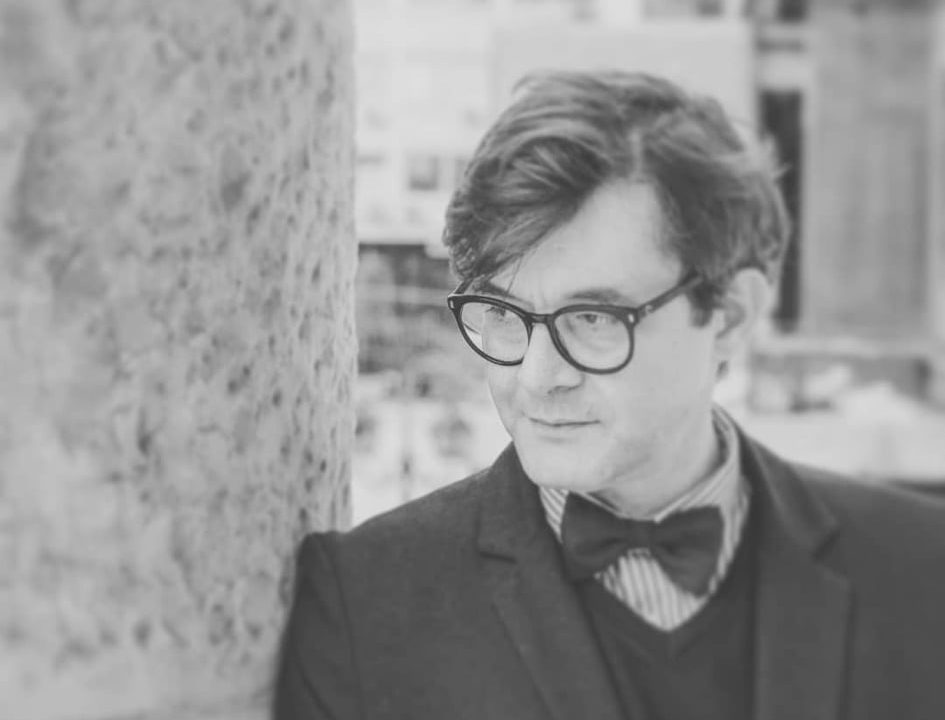Mr. Manos Kitsonas: “Attending a performance under the vast dome of the Planetarium is a unique experience for both young and old.”

Interview with Director of the New Digital Planetarium of the Eugenides Foundation,
Mr. Manos Kitsonas:

“Attending a performance under the vast dome of the Planetarium is a unique experience for both young and old.”
1. You are at the helm of Europe’s largest and most modern Planetarium and one of the top 5 in the world. Tell us about the technological miracle of the Planetarium and the advantages that make it stand out.
The New Digital Planetarium of the Eugenides Foundation is one of the largest and best Planetariums in the world. To remain at the top, we need to constantly monitor developments in audiovisual media technology for large spaces and invest in equipment upgrades every few years. The Foundation’s first Planetarium began operating in 1966 and was replaced by the New Digital Planetarium in 2003, so there is vast operational experience that contributes to selecting the best solution each time. We pay attention to every detail of Planetarium visits, from the technology we use to the schedule and content of the performances and films we screen.
2. Briefly describe the experience of visiting the New Digital Planetarium of the Eugenides Foundation.
Attending a performance under the vast dome of the Planetarium, which has a diameter of 24.5 m and covers almost 1,000 sq. m., is a unique experience for viewers, both young and old. The overall feeling caused by the space – the images projected onto the dome, and the surround sound system – is unforgettable. In fact, it has been found that, in such a room, content is more intensely imprinted on viewers, and thus attending a performance at the Planetarium contributes to better understanding of the subject being screened.
3. The New Digital Planetarium of the Eugenides Foundation welcomes hundreds of thousands of visitors of all ages every year. What factors make it attractive to young visitors and how does it hold the interest of adult visitors?
Since the beginning of its operation in 1966, millions of spectators have passed through the old and new Planetarium, entire generations of pupils and parents who had this unforgettable experience. Through constant technical upgrades, careful selection of subjects, in-house and external productions, the Planetarium is constantly improving the quality of its performances. Most parents are acquainted with this unique educational and entertainment experience first-hand, and they want to offer it to their children, who are then thrilled, and so the cycle continues. There are always performances on the schedule for young children, older students, and the general public.
4. Every year, educational performances are held at the Planetarium, which combine knowledge with entertainment and current discoveries in the fields of Astronomy, Astrophysics, and Space research. According to what criteria do you plan these performances, what is the audience response, and what is their aim?
The first criterion performances must meet is being educational, and, secondly, being entertaining. The primary goal of the Eugenides Foundation and, of course, of the Planetarium is to contribute to the education of young people in the fields of technology and science. It has long since established itself in the public mind as a space where one can learn anything from the basic elements to the latest developments in the fields of Astronomy, Astrophysics, and Space research, as well as other related sciences, in an entertaining and pleasant way.
5. Do you believe that the expectations of Greek visitors differ from those of the foreign public? In what ways does the New Digital Planetarium of the Eugenides Foundation meet the expectations of visitors from abroad (e.g. foreign language programmes)?
The expectations of the Greek public are similar to, and sometimes even exceed, those of the foreign public. Let’s not forget that there are similar planetariums in only a few cities in the world, so the Greek public is very well educated and demanding. All of the performances are available in English through the use of headphones, so almost all of our foreign visitors can watch them.
6. What other activities in Attica could a visitor combine with their visit to the Planetarium?
Directly opposite the Eugenides Foundation building complex is the Stavros Niarchos Foundation Cultural Centre, with the National Library of Greece and the National Opera facilities, as well as the Park, one of the largest green areas in Athens. The Flisvos Marina is also very close in Faliro. It is the mooring spot of the historic Averof battleship. Then there is the Water Square, where many concerts take place, especially during the summer, as well as Trocadero Park.
7. ‘Attica-Greece in a Snapshot’ is the slogan of the Region of Attica. What are your favourite “snapshots” on the mainland or islands of Attica?
A combination of the beach and the city centre. I think the entire Faliro Delta, with the breeze of the Saronic Gulf, which is essentially located right beside the centre of a major city such as Athens, offers a wide variety of choices, even for the most demanding visitor. In the city centre, the complex of the National Garden with Zappeion Hall, the Panathenaic Stadium, Ardittos Hill, Lycabettus Hill, the Acropolis and Filopappou Hill, are an oasis of green, combined with the history of Greece.




